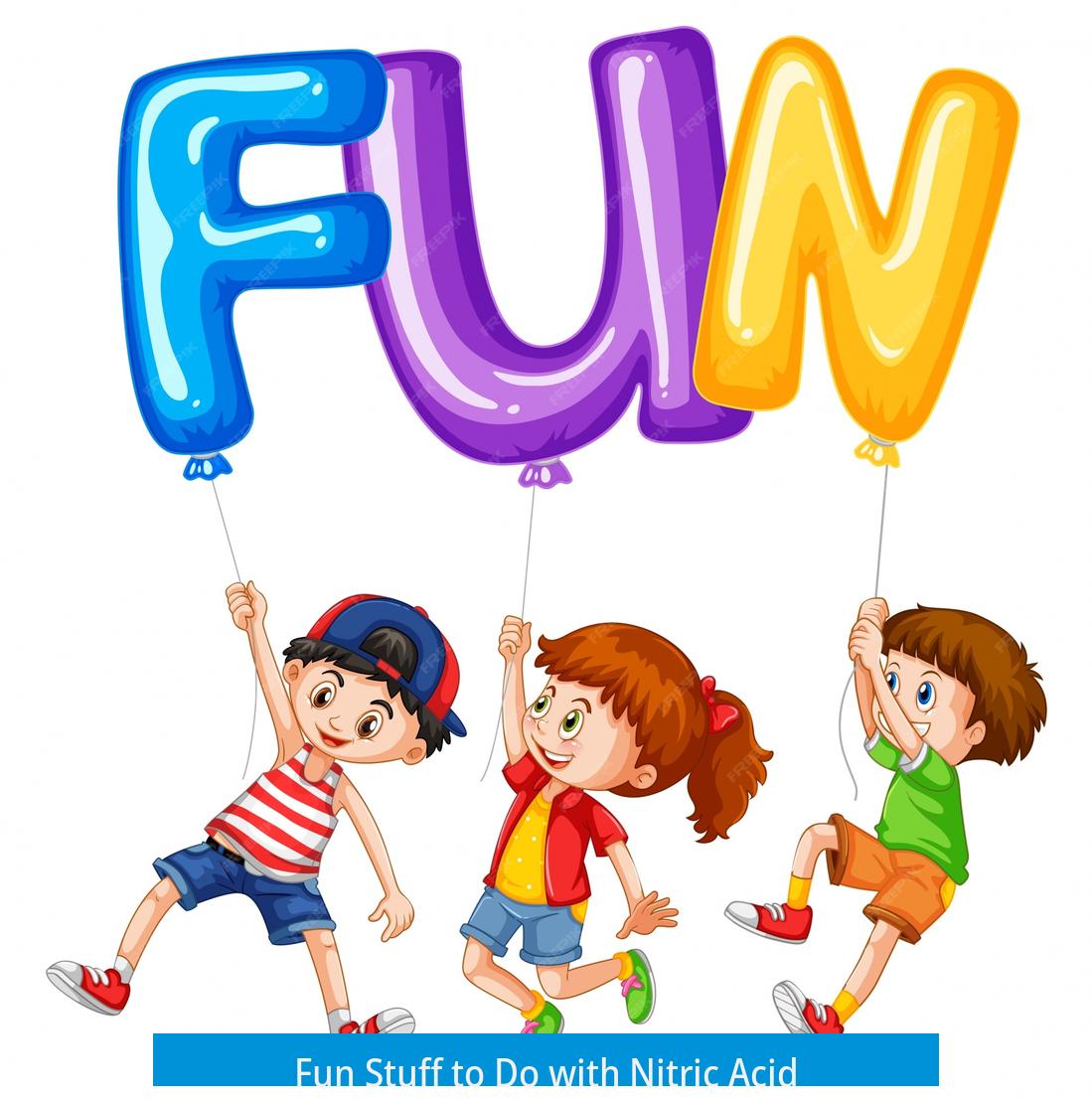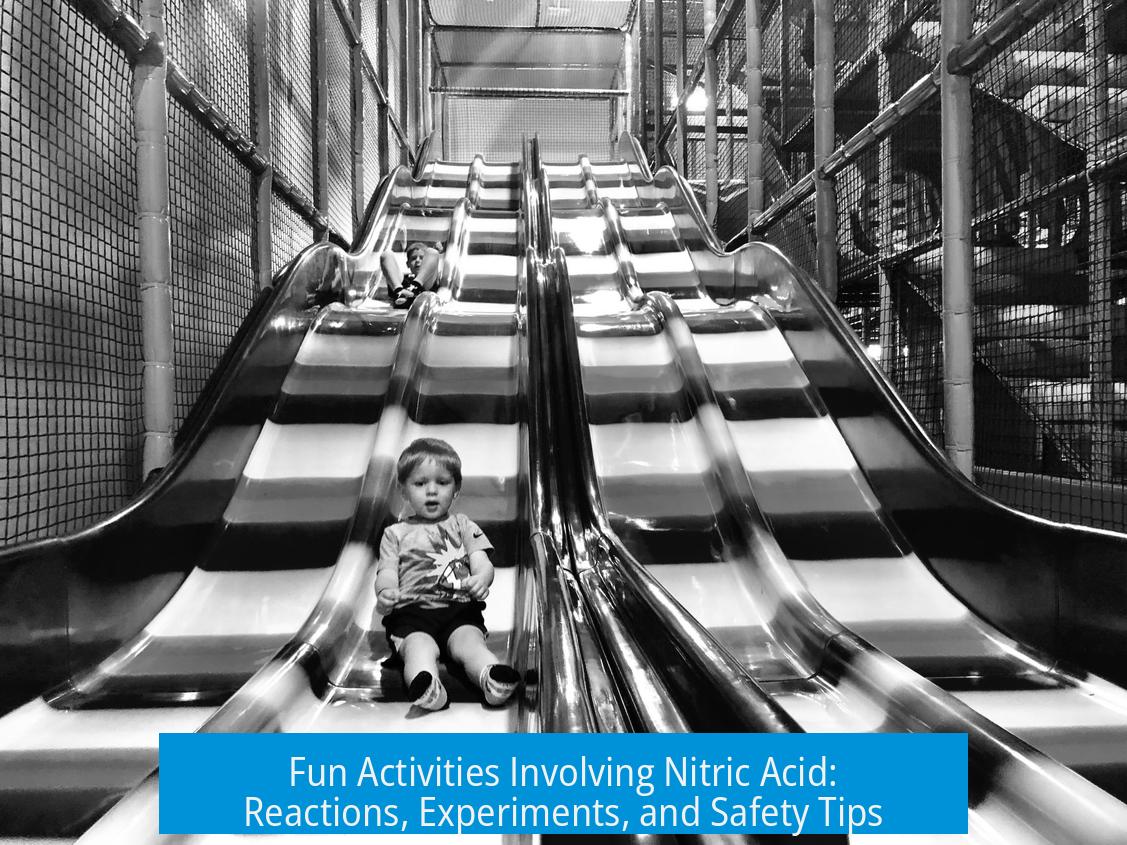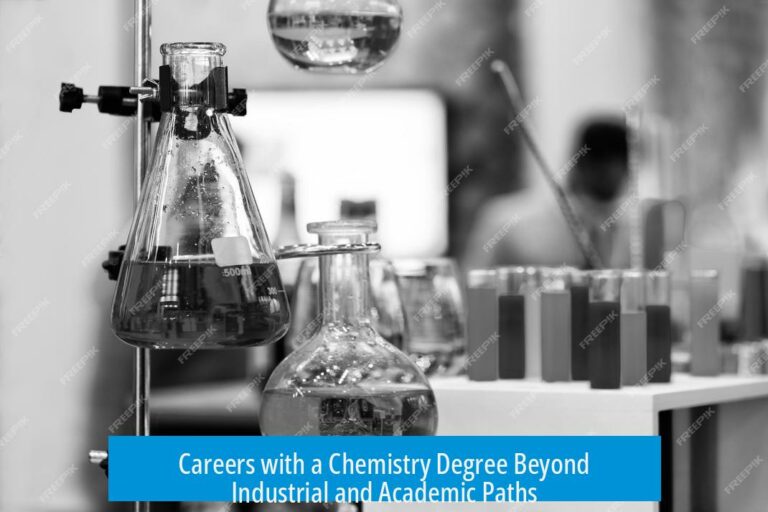Fun Stuff to Do with Nitric Acid

Nitric acid offers a wide range of exciting chemical reactions and demonstrations, from spectacular explosions to intricate redox processes. Each experiment reveals unique properties of this strong acid, making it a versatile tool in educational and experimental chemistry. Here is a detailed guide to some fascinating and instructive activities involving nitric acid.
1. Exploding Sodium Metal Reaction
Dropping small pieces of sodium metal into a shallow ceramic dish containing nitric acid produces explosive reactions. Even tiny bits, as small as grains of rice, ignite violently on contact.
- Perform outdoors away from valuables or fragile objects.
- Use a shallow ceramic dish to contain the reaction.
- Observe sodium’s rapid oxidation and release of flammable hydrogen gas causing explosions.
This visually impressive reaction demonstrates the high reactivity of alkali metals with strong acids, highlighting nitric acid’s oxidizing nature.
2. Dissolving Silver Metal and Generating Nitrogen Dioxide
Unlike sulfuric or hydrochloric acid, nitric acid dissolves silver metal by oxidizing it. This reaction produces nitrogen dioxide (NO2), a toxic brown gas that must be handled with care.
- Show the difference: silver remains inert in sulfuric or hydrochloric acid.
- Dissolution in nitric acid forms silver nitrate and releases NO2.
- Conduct this demo in a fume hood or outside, standing upwind.
This experiment vividly illustrates silver’s chemical resistance except to oxidizing acids and the formation of nitrogen dioxide gas during redox processes.
3. Recovering Silver Metal via Redox with Copper
After isolating silver nitrate by dissolving silver in nitric acid, silver metal can be recovered using copper. When copper is immersed in silver nitrate solution, a redox reaction occurs:
| Reactants | Products |
|---|---|
| Cu + 2 Ag+ | Cu2+ + 2 Ag (solid) |
- Silver plates out onto the copper surface.
- The solution becomes copper nitrate.
- Use copper sheets, rods, or coins for a visually striking silver plating.
This redox process provides insight into metal displacement reactions without needing electrolysis.
4. Hypergolic Reactions with Organic Liquid Fuels
Concentrated nitric acid acts as a strong oxidizer and can ignite instantly upon contact with certain organic fuels, such as aniline, turpentine, or limonene, without an external ignition source.
- Mix small quantities, e.g., a few drops of organic fuel with no more than 5 mL of nitric acid.
- Perform on a microscale for safety.
- Demonstrates hypergolic ignition—a self-igniting mixture useful in rocket propellants.
This reaction exemplifies nitric acid’s role as an oxidizer and how it can spontaneously combust upon contact with select organics.
5. Creating Mixed Acid Nitrating Mixture for Nitrocellulose (Guncotton)
A mixture of nitric acid and sulfuric acid forms a nitrating mixture used to convert cellulose into nitrocellulose, also known as guncotton.
- Soak cotton wool in the mixed acid for nitration.
- After nitration, rinse thoroughly to remove acids.
- Dry carefully to obtain nitrocellulose.
Nitrocellulose is a highly flammable compound used in explosives and smokeless gunpowder, showcasing nitration chemistry.
6. Producing Celluloid Plastic from Nitrocellulose
Instead of using nitrocellulose as an explosive, it can be converted into celluloid plastic, which was the first commercial plastic.
- Shred nitrocellulose into bits.
- Dissolve in a 50:50 mixture of camphor and alcohol.
- Evaporate most of the alcohol to obtain a thick paste.
- Compress paste into celluloid blocks.
This process provides insight into early plastic manufacturing and the versatility of nitrated cellulose.
7. Spontaneous Ignition of Natural Rubber with Mixed Acid
Mixes of concentrated sulfuric and nitric acid can ignite natural rubber spontaneously.
- Place mixed acid in a watch glass or petri dish.
- Add a piece of rubber glove.
- Observe color changes: red, brown, black, then ignition with a loud flame.
This reaction highlights the strong oxidizing power of mixed acids and the susceptibility of organic materials to oxidation and combustion.
8. The “Silver Tree” Experiment with Silver Nitrate
The silver tree experiment grows metallic silver dendrites resembling a tiny tree when a reducing agent contacts silver nitrate solution.
- Prepare silver nitrate solution.
- Add a reducing agent, such as copper wire.
- Silver crystallizes in branching patterns.
- DO NOT TRY THIS AT HOME due to hazardous materials and conditions.
This visually captivating experiment demonstrates crystallization and metal displacement reactions.
9. Zinc Reaction with Nitric Acid Producing Toxic Gas
Placing zinc metal into nitric acid rapidly generates bubbling and releases a toxic brown-yellow gas, nitrogen dioxide.
- The reaction produces zinc nitrate and nitrogen dioxide gas.
- Conduct in a well-ventilated area or fume hood.
- Inhalation is dangerous; the gas can cause severe lung damage.
This anecdote underscores the importance of ventilation and safety when working with nitric acid and reactive metals.
10. Safety Warning: Toxic Nitrogen Dioxide Gas from Metal Oxidation
Oxidizing metals like copper with nitric acid produces nitrogen dioxide gas, which is both toxic and insidious.
- The gas is red-brown and heavier than air.
- The reaction may be delayed, leading to unnoticed exposure.
- Risks include fluid accumulation in lungs.
- No effective treatment; only supportive care like oxygen therapy.
- Always work in a fume hood with protective gear.
These precautions are mandatory whenever handling nitric acid in metal oxidation reactions.
11. Making Nitroglycerin with Nitric Acid (Warning)
Mixing nitric acid with glycerol under controlled conditions produces nitroglycerin, a powerful explosive.
- Highly dangerous chemical synthesis.
- Requires precise temperature control and safety protocols.
- Not recommended without proper expertise and equipment.
- Video demonstrations exist but emphasize extreme caution.
This experiment illustrates nitration chemistry but demands stringent safety measures.
Summary of Key Points
- Nitric acid reacts explosively with sodium metal due to rapid oxidation and hydrogen gas release.
- It dissolves silver metal, releasing toxic nitrogen dioxide gas; other strong acids cannot do this.
- Redox reactions enable silver recovery from silver nitrate solution using copper metal.
- Hypergolic mixtures form when nitric acid contacts certain organic fuels, causing instant ignition.
- Mixed acid nitrating solutions convert cellulose into nitrocellulose, leading to explosives or plastics.
- Celluloid plastic can be manufactured from nitrocellulose, illustrating early commercial plastics.
- Mixed acids spontaneously ignite natural rubber through strong oxidation.
- The silver tree experiment shows metal crystallization but carries safety risks.
- Reactions with zinc generate toxic gases requiring excellent ventilation.
- Nitrogen dioxide gas from metal oxidation is highly toxic and delayed in onset.
- Nitroglycerin synthesis requires expert handling due to extreme danger.
What happens when sodium metal is dropped into nitric acid?
Dropping small bits of sodium into nitric acid causes almost instant explosions. Even rice-grain-sized pieces react violently in a shallow dish, producing dramatic bursts of gas and heat.
How can nitric acid be used to dissolve silver metal?
Unlike other strong acids, nitric acid dissolves silver metal, producing nitrogen dioxide gas. This reaction shows nitric acid’s unique ability to break down silver while releasing a toxic red-brown gas.
Can you recover silver metal from silver nitrate using copper?
Yes. Placing clean copper into silver nitrate solution triggers a redox reaction. Silver plates onto copper, and copper nitrate forms in solution, effectively turning copper surfaces temporarily silver.
What are hypergolic reactions involving nitric acid?
Concentrated nitric acid ignites spontaneously with some organic fuels like aniline, turpentine, or furfuryl alcohol. These reactions produce flame without an external spark, best done with tiny amounts under careful control.
How is nitrocellulose made using nitric acid?
Mixing nitric and sulfuric acids creates a nitrating mixture to soak cotton wool. After rinsing and drying, this yields nitrocellulose, a highly flammable compound used for explosives or early plastics like celluloid.





Leave a Comment